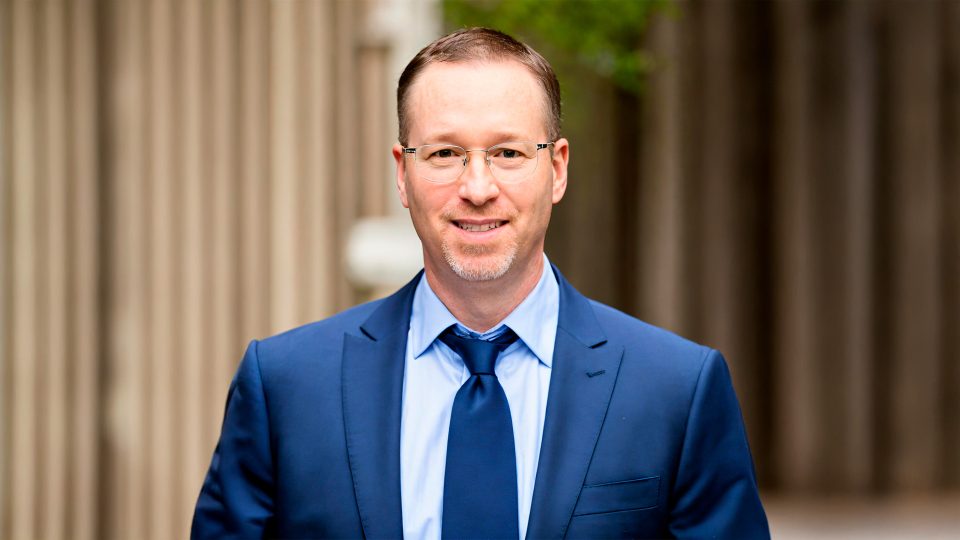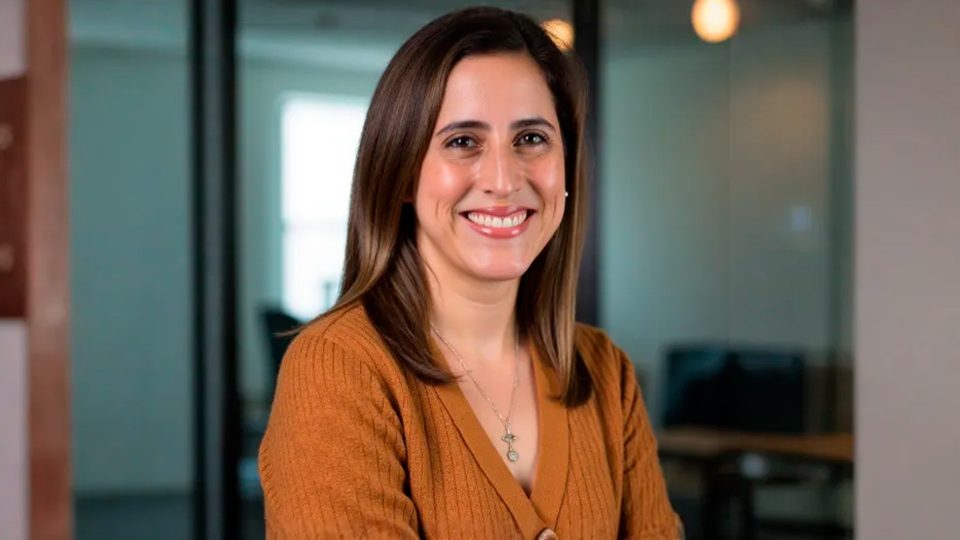For years, ranking on the first page of Google meant writing endless blogs and chasing backlinks. Connor Robertson argues that this view is dated. In 2025, discovery no longer happens only through websites. Social platforms act as search engines in their own right, and Google now surfaces this content directly in its results. Robertson has built a system he calls “social-SEO,” designed to align profiles, posts, and videos with search intent and entity signals so that creators can occupy multiple spots on page one.
Build From the Entity Outward
Robertson begins with what he calls the entity. “Google builds an entity model for every person and brand,” he explains. “That model connects your name, your location, your expertise areas, and your official website.” To strengthen that model, he advises keeping names and handles consistent across platforms, writing bios that naturally repeat expertise and geography, and linking every profile to the same site. “Verification is a huge bonus. It gives Google confidence to connect the dots,” he adds.
Align Content With Search Intent
Instead of posting at random, Robertson suggests mapping content to real queries. “Pick three to five topics that you want to rank for. Then look at what a searcher is actually trying to figure out,” he says. In his own case, those pillars include Denver real estate, social media strategy for founders, and room-by-room housing. The goal is to answer questions quickly through 60-second videos, carousels, or longer posts that walk through math, timelines, or checklists.
Use Short-Form to Drive Discovery
Short-form video is the front door for discovery. Platforms like YouTube Shorts, Instagram Reels, and TikTok not only reach new audiences but also feed Google’s video carousels. “When you title a short with a clear promise that matches a query and speak the phrase early, you give both the platform and Google a clean relevance signal,” Robertson says. Captions, he notes, should read naturally, with keywords placed in context rather than crammed into hashtags.
Prove Authority With Long-Form
While short-form captures attention, Robertson stresses that long-form proves expertise. He regularly publishes on LinkedIn, Medium, Substack, and his own blog. “If a short answers the ‘what,’ long-form answers the ‘how,’” he explains. Every piece should include a worked example, small dataset, or template. “That’s the content people save and share because it becomes a reference,” he says.
Reinforce Signals Through Interlinking
Each profile should point to the main site, and posts should link to relevant sub-pages rather than always defaulting to the homepage. Robertson also recommends creating a central “as seen on” or “social” page on the website that links back to major profiles. “That circular linking pattern reinforces your entity in Google’s graph and creates a consistent trail for readers,” he notes.
Establish Ownership of Your Name
Controlling the first page of Google results for your own name is possible, but it requires breadth. “Claim and optimise profiles across YouTube, LinkedIn, Medium, Substack, NewsBreak, Pinterest, Reddit, and Quora,” Robertson says. Using the name in titles helps Google associate the entity, but the real key is tone. “Keep it educational. Assume a journalist, client, or partner could land on it at any moment,” he advises.
Batch Content to Stay Consistent
Consistency drives reach, and batching makes consistency possible. Robertson describes his process: “I script ten shorts on one topic, record them in one session, and schedule them out over two weeks. From those scripts, I can create two LinkedIn or Medium articles and two carousels. One block of research becomes many formats.”
Measure the Right Metrics
Robertson tracks branded search volume for his name, the number of pages that appear in results, and whether social posts are surfacing. “Click-through rate is a big signal. If something is ranking but not getting clicks, I’ll rewrite the title or the first line,” he says. On social, he values saves and shares above likes: “Saves mean your material became a reference. That’s when you know it worked.”
Avoid the Common Traps
The most frequent mistakes in Robertson’s view are keyword stuffing, link buying, spinning content, and over-optimising. “The easiest way to get to page one is still to be the person who actually helps,” he says. “It sounds simple, but you’d be surprised how rare that still is.”
A Practical 30-Day Cycle
Robertson structures his approach into a repeatable cycle:
- Week 1: Fix profiles and bios.
- Week 2: Record ten shorts and draft two long-form articles.
- Week 3: Publish, interlink, and answer ten questions on Reddit or Quora with substance.
- Week 4: Measure what landed and double down on the strongest subtopics.
“Repeat that cycle monthly,” he explains, “and you’ll start seeing your name and your content showing up higher and more often.”
For more advice visit his website at drconnorrobertson.com.











